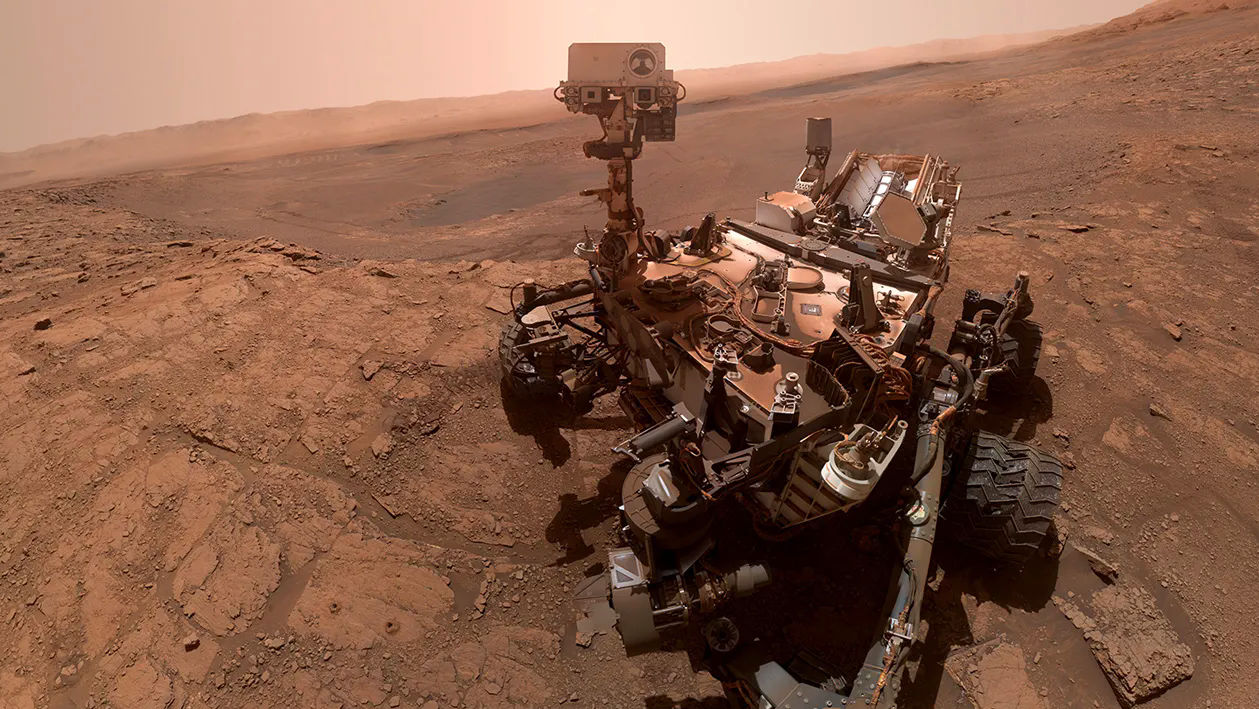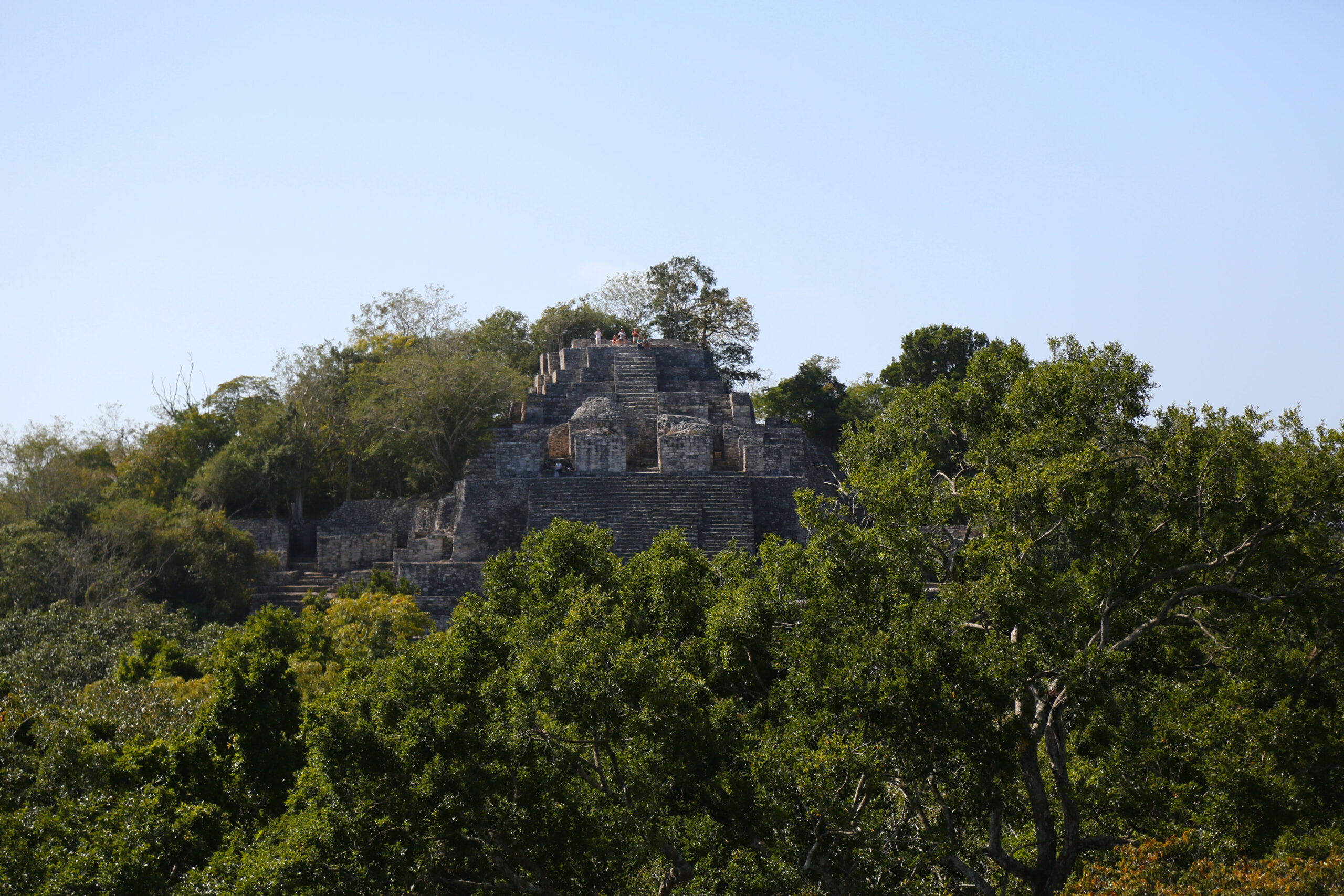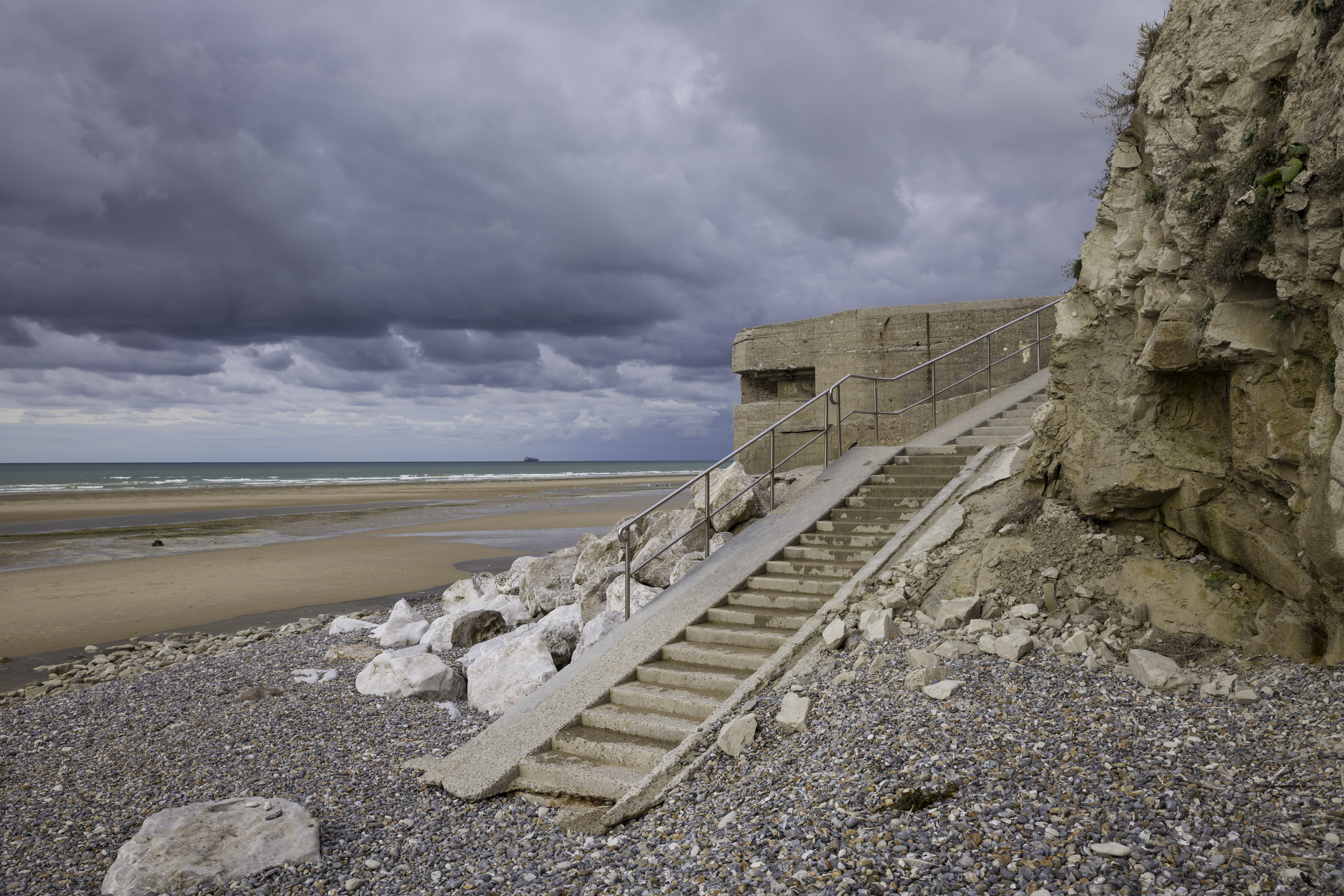When you look at pictures of the Earth from space, what’s the first thing that you see? A blue marble, as some have described it. A water world where oceans and swirls of white cloud dominate. But most of us will then have our attention drawn to the shapes imprinted on its surface – the continents. And they come in many colours. The white of Antarctica, the beige of the Sahara, the light green of grasslands and the darker shades of our planet’s forests in their many forms.
So many of these colours that give the world its look are the result of trillions of individual plants growing upon the surface. Which plants grow where is determined by many factors, with climate being most dominant factor. Desert and scrubland, savannah, prairie and steppe, tundra and taiga, woodland and rainforest. They are at the base of almost every food chain of every animal – the habitats that sustain all other lifeforms, and ourselves. Collectively, they are known as biomes – the living landscapes of Earth.

Tropical rainforest in French Guiana

Savannah in Kenya

Semi-Arid desert in eastern California, USA

Steppe grassland in Mongolia

Temperate forest near mount Fuji, Japan

Taiga (Boreal forest) in Lappland, Northern Finland
Landscapes have been an inspiration to us for centuries, the subject of countless painters, writers, photographers and movie directors. The natural vistas of our home countries and foreign lands, perhaps more than anything else, determine that area’s character. And while these landscapes are shaped underneath by topography – the presence of coastlines, hills and mountains – their surfaces are defined by the degree of plant life growing upon them.
Principle Biome Plant Groups
Earth’s vegetation is almost infinite in terms the variety of species that grow upon it. As plants are wholly dependent upon liquid water, what types of species grow where is determined primarily by annual patterns of temperature and rainfall in that area – the local climate. An abundance of heat and water produces the greatest growth potential, such as in the tropical rainforests, while lower temperatures or rainfall reduce such growth and shape the plant life in various ways so that it can survive drought and frost.
The main groupings of plant varieties in this regard can be thought of in the following way:
- Trees – from the coniferous evergreens of the boreal forests, to mixed temperate woodlands and the evergreen broadleaf forests of the tropical regions
- Shrubs – occurring in almost every climate zone, either as a junior partner in forests, or dominant as they are in semi-arid areas, such as the Mediterranean
- Grasses – again occurring in almost all areas, but known especially in their singular biomes of the tropical savannah, and the temperate prairie and steppe
- Desert adaptations – with cacti being the most well known
- Very cold adaptations such as found in tundra
These adaptations span the basic classes of plants in terms of evolutionary heritage. For instance, the class of flowering plants, known as angiosperms, are found in every category as just described.
Biome vs Climate Zone
The term biome is often confused with the concept of a climate zone, but these are different in nature. A climate zone is defined simply by the patterns of rainfall and temperature, and these are discussed in detail in my Secrets of World Climate Series, which is linked top right. Biomes are the adaptations of plants, principally influenced by climate zones, but by other factors also.
Perhaps the most interesting of these is the different ways in which plants evolve in the same climate types, but isolated on different continents. For instance, eucalyptus forest dominates the eastern seaboard of Australia, which has the same humid subtropical climate to that of the south-eastern United States and Southern China, and yet we do not find eucalyptus in those other continents, but instead oaks or bamboo. In the opposite way, many species have adapted to live in multiple climate zones, for instance, the pine tree family can be found from the subarctic to the tropics.

A climate zone is simply the pattern of rainfall and temperature

South Eastern Australia, with a humid subtropical climate has eucalyptus forest …

… whereas the same climate in South China has bamboo forest.
Another influence is the type of soil that might be present in a region, from sand through to silt and clay. As the soil affects drainage of water away from roots, this affects what species will be present within the same climate zone since plants have different sensitivities in this regard.
So climate zones and biomes should never be thought of as synonymous. In fact the subject of biomes is significantly more complex because of life’s way of evolving along different paths through random mutations when presented with the same external conditions. This complexity is evidenced by the many different attempts to classify geographical distribution of biomes over the last century and a half with varying degrees of consensus. By comparison, climate classification has been dominated by a single figure in all this time – Vladimir Koppen.
The Holdridge Lifezones Chart
On that subject, of climate, let’s return to that, and focus on how and why exactly differing patterns of precipitation and temperature can so markedly affect the type of vegetation covering an area.
In the 1940s, Leslie Holdridge developed this graph showing how a combination of temperature and rainfall could produce the different biome types observed across the planet, what he call Life Zones. At first this looks like a beast of complexity, but if we break it down, it will make sense. From top to bottom we have increasing temperature, either from the poles to the equator, or the tops of mountains to the sea. On the right side of the triangle we have annual precipitation, from dry in the centre to wet on the right.

The Holdridge Lifezones chart

Evapotranspiration = direct evaporation from the soil + transpiration from plants

Comparison of Subarctic and Semi-Desert areas with similar rainfall, but dramatically different levels of biomass
The combination of temperature and rainfall yield a factor called the aridity index. It is actually the ratio of potential evapotranspiration to total rainfall. Evapotranspiration is the combined effect of direct evaporation of water from the soil plus the outward transpiration of water from plants through the gas exchange cells in their bodies. Potential evapotranspiration is the maximum possible amount of water lost in this way, assuming there would a limitless amount of water available. The highest temperatures combined with the lowest rainfall produces the highest aridity index, and this is where we find deserts capable of supporting little if any plant growth. Both cooler temperatures with weaker sun and consequent lower evapotranspiration or a wetter climate alike allow for plants and soil to retain more moisture and thereby increasing plant growth, and so at the opposite end we find rainforests, either of the tropical or temperate variety.
This concept is key in understanding how regions with differing rainfall and temperatures lead to different types of vegetation. It’s not simply about which areas have more or less rain. Take, for example, the boreal forests which have a similar total annual rainfall to the semi-arid Sahel just below the Sahara desert. Totally different biomes despite the similar rainfall totals. But because the boreal forests are much cooler, they can retain more moisture, leading to extensive biomass, whereas plants and soil in the hot Sahel lose much more moisture in comparison, leading to stunted shrub-like vegetation and plenty of bare earth.
The LONS08 Biome Classification System
In this series we’re going to use the recent classification known as LONS08, based on Dorman and Sellers’ work of the late 1980s. This global map shows the thirteen different biomes delineated by this classification. Starting at the equator, and moving roughly outward toward the poles, these are summarised as follows:

- Adapted World Map of LONS08 Biome Classification
- Adapted World Map of LONS08 Biome Classification
- Tropical Evergreen Forest – where tropical heat combined with year round rain permits broadleaf trees to retain their leaves permanently
- Tropical Seasonal Forest – where tropical wet and dry seasons cause broadleaved trees to lose their foliage in the dry season
- Savannah – where the tropical dry season is of sufficient length or severity that trees are largely replaced by grasses
- Shrubland – where the challenges of wet and dry seasons both in the tropics and more temperate latitudes lead to a domination of shrubs interspersed with grasses
- Semi-desert – similar to shrubland, but where the aridity index is so high that only hardy shrubs or specially adapted families such as cacti can grow
- Desert – where the climate is so dry that virtually no vegetation is possible – the biome of bare earth
- Prairie and Steppe – where a lack of rain combined with cooler temperatures in the mid-latitudes prevents tree growth and allows grasses to dominate
- Temperate Forest – the classic broadleaf woodlands of the mid-latitudes, most of trees therein losing leaves in winter
- Mixed Temperate Forest – where broadleaf and evergreen coniferous forests are mixed at the mid-latitudes
- Boreal Evergreen Forest – where cooler temperatures in more polar latitudes lead to coniferous tree growth dominating in the vast expanse of the taiga
- Boreal Seasonal Forest – like the taiga, but where winters are so severe that even the supposed evergreen conifers lose their needles in this season
- Tundra – where summer temperatures are too low to allow for the growth of trees, leading to cold-adapted low-lying shrub-like vegetation
- Ice – where no vegetation is possible due to year-round freezing conditions
- In this series, we’re going to look at each of these areas in more detail, showing real examples of places where these exist, and the dominant species found in each.
Coursework Questions
What is the difference between a climate zone and a biome?
What are the five principle types of vegetation that exist for the purposes of biome classification?
What is evapotranspiration and how does it determine the type of plants that will grow in a biome?
Name 5 biomes, and briefly describe their nature.





